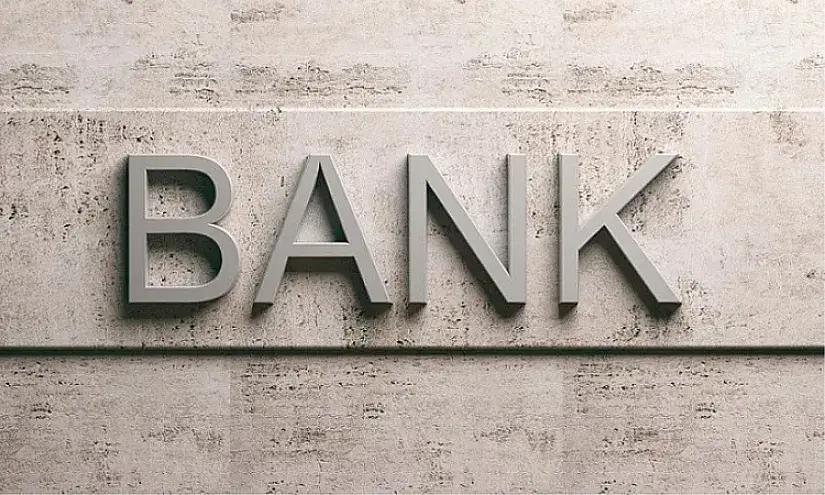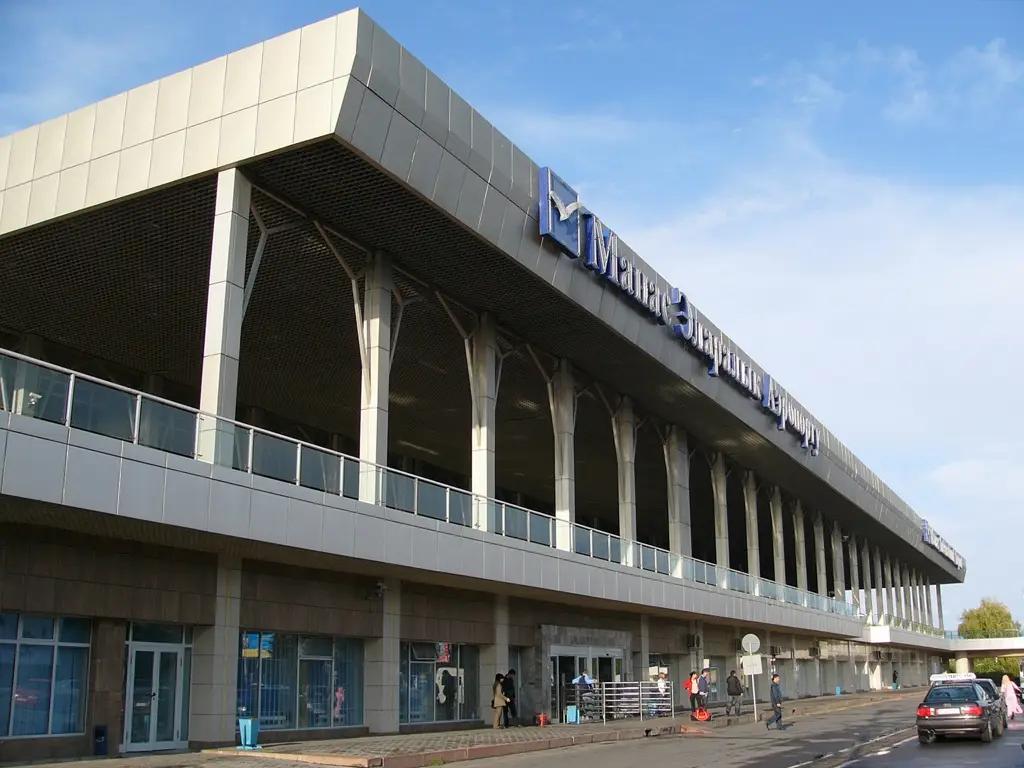
Published
07/16/2025, 11:07According to stress testing by the National Bank, if real estate prices fall sharply by 50% within a year, the banking sector's potential losses could amount to about 7.9 billion KGS. This is the most negative scenario modelled by the regulator for the end of 2024.
It is noted that today almost 10% of bank loans are secured by real estate, and real estate itself accounts for 58.7% of the total collateral of the banks' loan portfolio. When the value of the collateral falls below the outstanding loan amount, there is an increased risk that borrowers may default on their debts.
Three scenarios were considered in the stress test:
In addition to the stress test, the regulator has set a threshold level for real estate price declines at which there is a risk of a decline in the banking sector's profits and losses for individual banks.
"In the event of a possible 46% decline in real estate prices and borrowers' refusal to service previously obtained loans secured by real estate, banks will be forced to take the collateralised property onto their balance sheets. The property will then be sold on the market at reduced prices. As a result, the banking sector may face the risk of lower profits and losses for individual banks. At the same time, there is a possibility that individual systemically important banks may face a similar risk in the event of a 52.5% decline in real estate prices," the NBK report says.
The National Bank also notes that if real estate prices continue to fall to 69-74%, there is a risk of a deterioration in the financial position of even systemically important banks.
It should be noted that such assessments allow the regulator to identify vulnerabilities in the banking sector in a timely manner and take measures to minimise the possible consequences.



